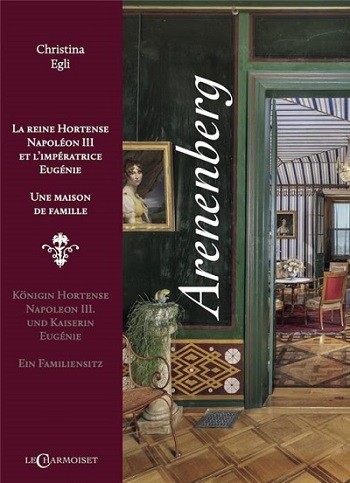Editor’s presentation in German
Der Name Arenenberg ist untrennbar mit der Geschichte der Familie Bonaparte verbunden. Nach der endgültigen Verbannung Kaiser Napoleons I. auf die Insel St. Helena im Südatlantik wird Schloss Arenenberg zum Mittelpunkt des Bonapartismus. Hier verbrachte Hortense de Beauharnais, seine stieftochter, die letzten zwanzig Jahre ihres kurzen lebens. Hier erzog sie ihrer jüngsten Sohn, Louis Napoléon, zum Erben des Kaisers und bereitete ihn darauf vor, eines Tages auf den Thron Frankreichs zu steigen. Nach dem Tod Napoleons III. wird Kaiserin Eugénie hier diese Tradition aufgreifen und den gemeinsamen Sohn darauf vorbereiten, das Werk seiner Vorfahren fortzusetzen. Seit September 1855 für die Öffentlichkeit zugänglich, 1906 durch Kaiserin Eugénie dem Kanton Thurgau geschenkt, ist Arenenberg mehr als ein Museum und Forschungszentrum. Im Schlossgut trifft Geschichte auf Landwirtschaft, Musik, Lebensart und vieles mehr.
About the author
After studying history and art history in Konstanz and Zurich specialising in the medieval period,, Christina Egli, who became deputy director of the Napoleon Museum in Thurgau, turned to the 19th century. Her research focuses on the history of Arenenberg, its inhabitants and its surroundings.
Contents
-Prologue
-Arenenberg, a consequence of St Helena
-Hortense’s influence around the area of Arenenberg and its surroundings
-When the son takes over
-Napoleon III becomes the owner again
-Holidays at Arenenberg
-Epilogue


